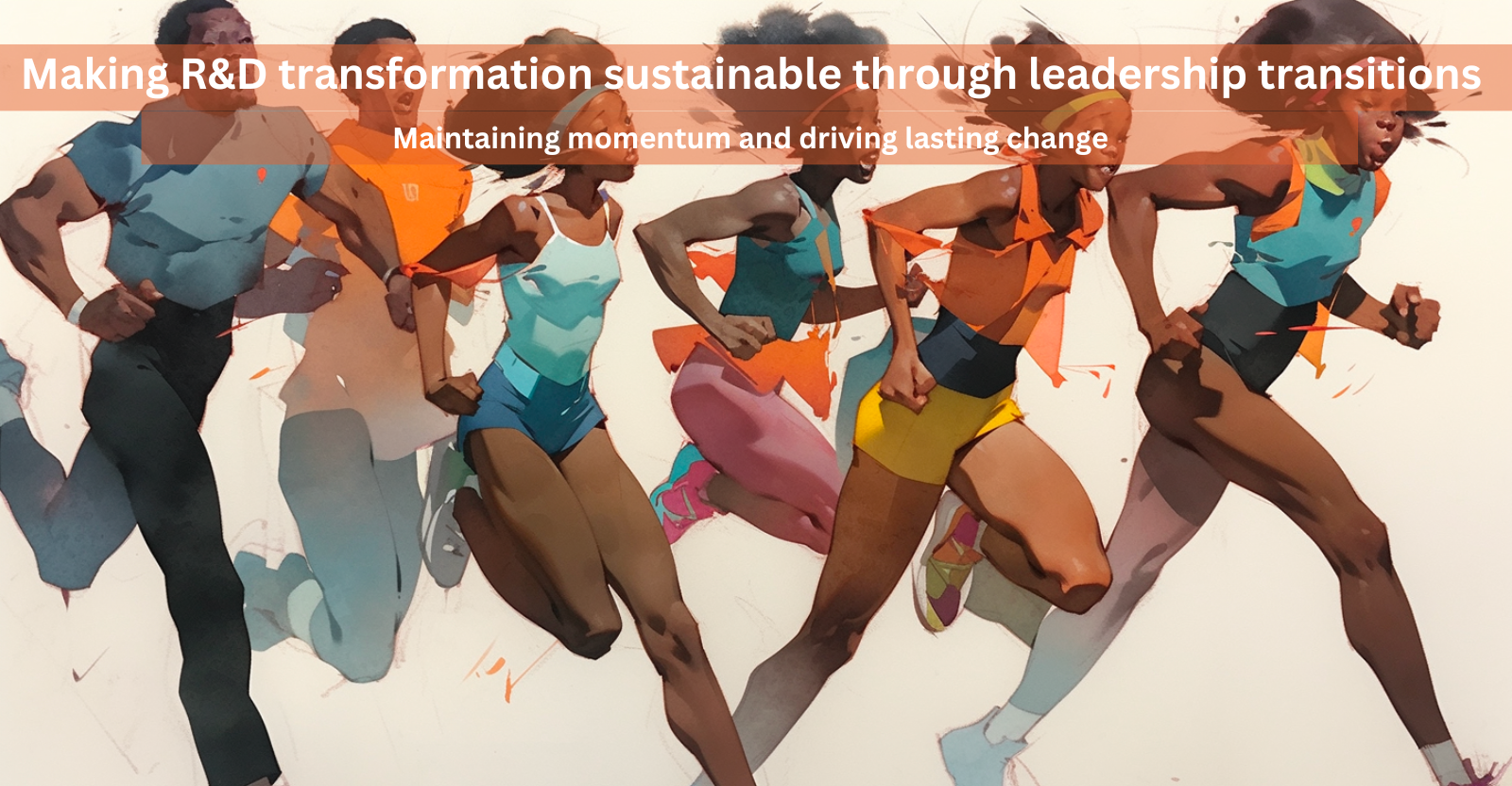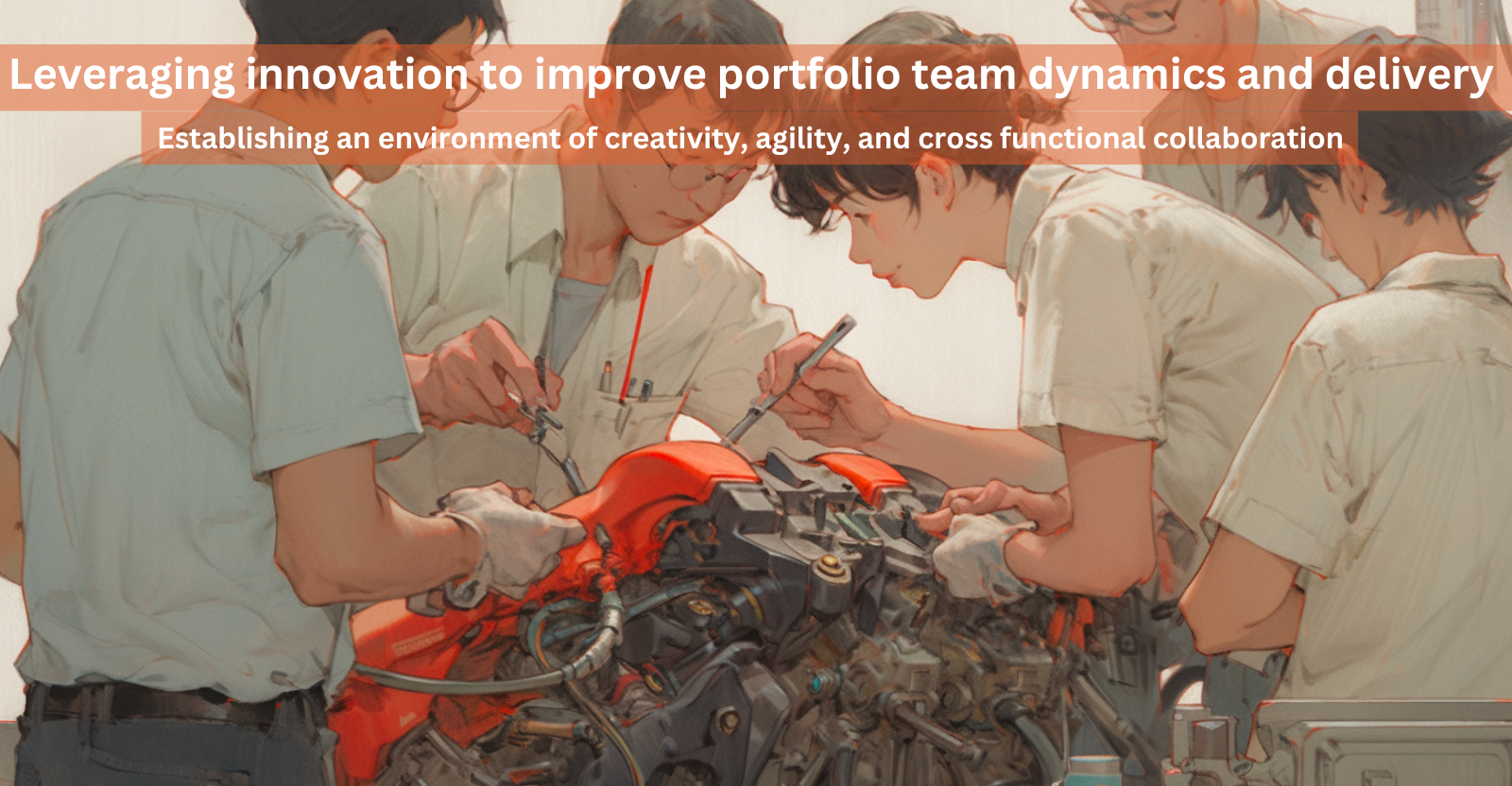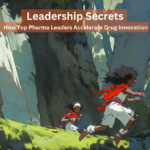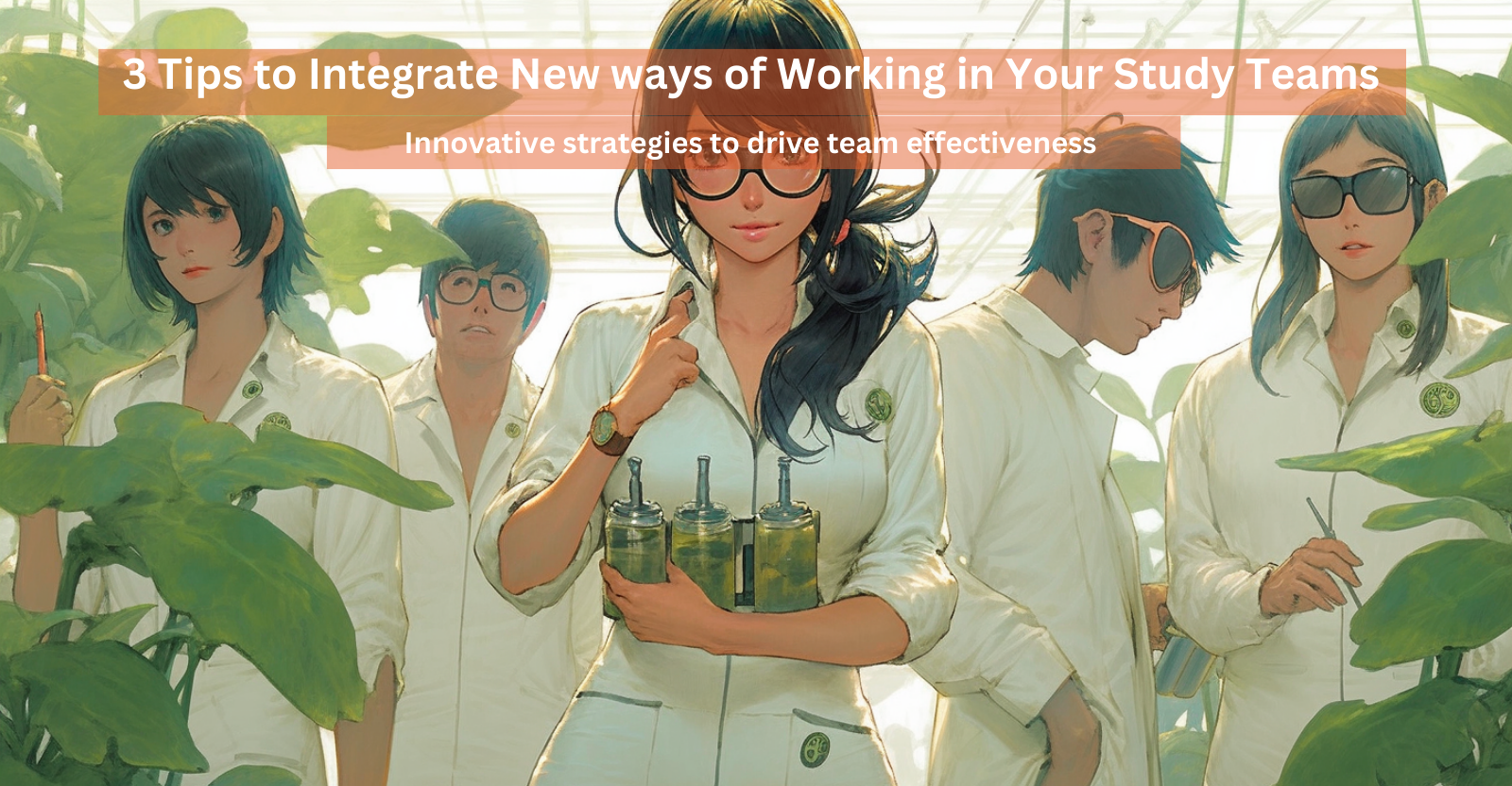Sanofi recently announced new leadership for R&D. I’ll riff on this announcement to explore why the hire of a key executive ‘to continue the work of the departing key executive’, in the midst of a full on R&D transformation, is both critical and rare.
First, let’s step back and familiarize ourselves with the basics of what an R&D transformation even *is*.

R&D Transformation Overview
R&D transformation is a term that refers to the process of reimagining and redesigning the research and development functions in pharma companies to improve their productivity, efficiency, innovation, and value creation. Some of the outcomes that pharma companies are looking to drive through this transformation are:
- Faster and cheaper development of new drugs: Companies aim to reduce the time and cost of bringing new drugs to the market
- More patient-centric and outcome-oriented solutions: By engaging with patients and other stakeholders, pharmacos aim to understand their needs, preferences, and expectations better
- Greater scientific innovation and differentiation: By fostering a culture of creativity, collaboration, and excellence, pharmacos aim to generate novel ideas and breakthroughs that can differentiate them from their competitors
Now, the interesting part of this is not that companies engage in R&D transformations. The more interesting nugget is what the CEO of Sanofi, Paul Hudson, said about bringing in a new R&D leader, Houman Ashrafian, “We aspire to make our R&D transformation sustainable”. That tells me there were some challenges with sustainability and transformation momentum.

Why transformations lose momentum
Typically when there is a leadership change, the transformation loses momentum. Some of the challenges that can arise when a new R&D leader takes charge of the transformation are:
- Lack of alignment and buy-in: A new leader may have a different vision, strategy, and style than the previous, which can create confusion, resistance, and mistrust among staff and stakeholders. To overcome this challenge, the new leader needs to communicate clearly and consistently the rationale and benefits of the transformation, as well as solicit feedback and input from the R&D organization and other relevant parties.
- Loss of momentum and focus: A new R&D leader may face competing priorities and pressures from the business, distracting from the transformation agenda. To overcome this challenge, the new leader needs to maintain a clear and consistent focus on the transformation goals and milestones, as well as delegate and empower their team to execute the transformation initiatives.
- Inadequate resources and capabilities: A new R&D leader may inherit a transformation plan that is unrealistic or under-resourced, which can hamper their ability to deliver the expected results. To overcome this challenge, the new leader needs to assess the current state of the transformation and adjust the plan accordingly, as well as secure sufficient resources and capabilities to support the transformation activities.

Why is it critical to maintain momentum
Despite how easily transformations lose momentum, its still important to invest the energy and resources to maintain momentum so that you can:
- Achieving Desired Outcomes: Transformations are initiated to achieve specific goals, such as operational efficiency, increased innovation, or improved market positioning. Momentum ensures steady progress towards these objectives
- Cultural Reinforcement: Continuous progress fosters a culture of change adaptability and resilience among employees. It sets a precedent that the organization is dynamic and forward-thinking.
- Building and Retaining Trust: Trust is a crucial element for the success of any transformation. Consistent progress and momentum reinforce trust among employees, reassuring them that the organization is heading in the right direction.
Why is it rare to maintain momentum
Maintaining momentum, especially during complex transformations or initiatives, is challenging for several reasons:
- Resistance to Change: People are naturally inclined to resist change, especially if they don’t understand its benefits or fear it might adversely affect them. This resistance can slow down or halt progress.
- Initial Enthusiasm Wanes: The beginning of a new initiative often comes with a burst of enthusiasm. However, as time goes on and challenges arise, this initial excitement can fade, leading to a loss of momentum.
- Leadership Changes: As mentioned earlier, leadership transitions can introduce new visions or priorities, which might shift the focus away from ongoing initiatives
Sanofi’s recent announcement underscores a pivotal aspect of transformation in the pharmaceutical R&D space: the delicate balance between driving change and ensuring continuity. The choice of a new R&D leader willing to inherit and further the agenda set by his predecessor highlights a strategic maturity. Rather than resetting the board with each new appointment, there is value in building upon the foundation laid by those before, ensuring that momentum, so difficult to establish and so easy to lose, is preserved. Sanofi’s decision is a reminder of the importance of continuity and the power of sustainable transformation. While every leader aspires to leave their mark, sometimes the most profound impact is achieved by continuing a journey already begun. This unique approach by Sanofi not only promises a more streamlined and effective transformation but also sets a precedent for other industry leaders to consider.
Why does it matter: A new senior executive leader generally wants to push a new vision with his own agenda. He wants to leave his mark on the role. I could see it being a challenge to find a capable executive who wants to inherit his predecessors priorities. They’re hard to find. This is a challenge because they want to be a visionary of they’re own agenda. Finding a capable executive willing to do this was a ballsy move. Kudos to Sanofi










